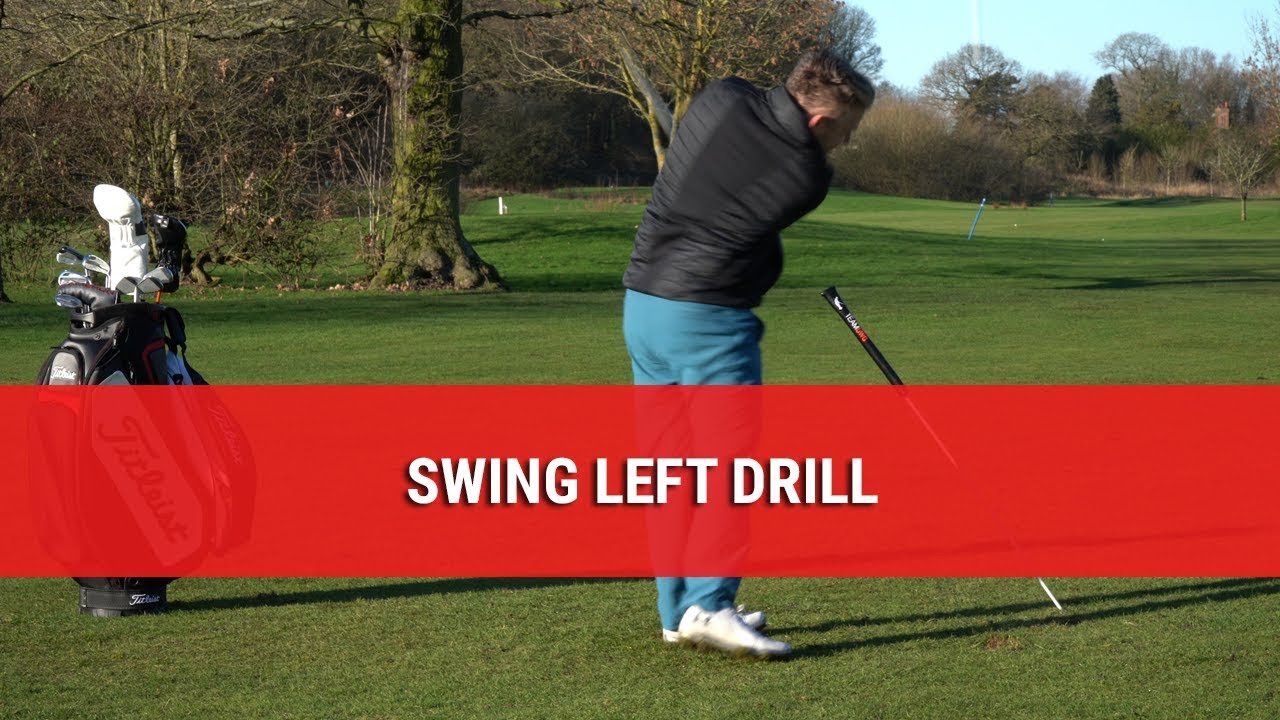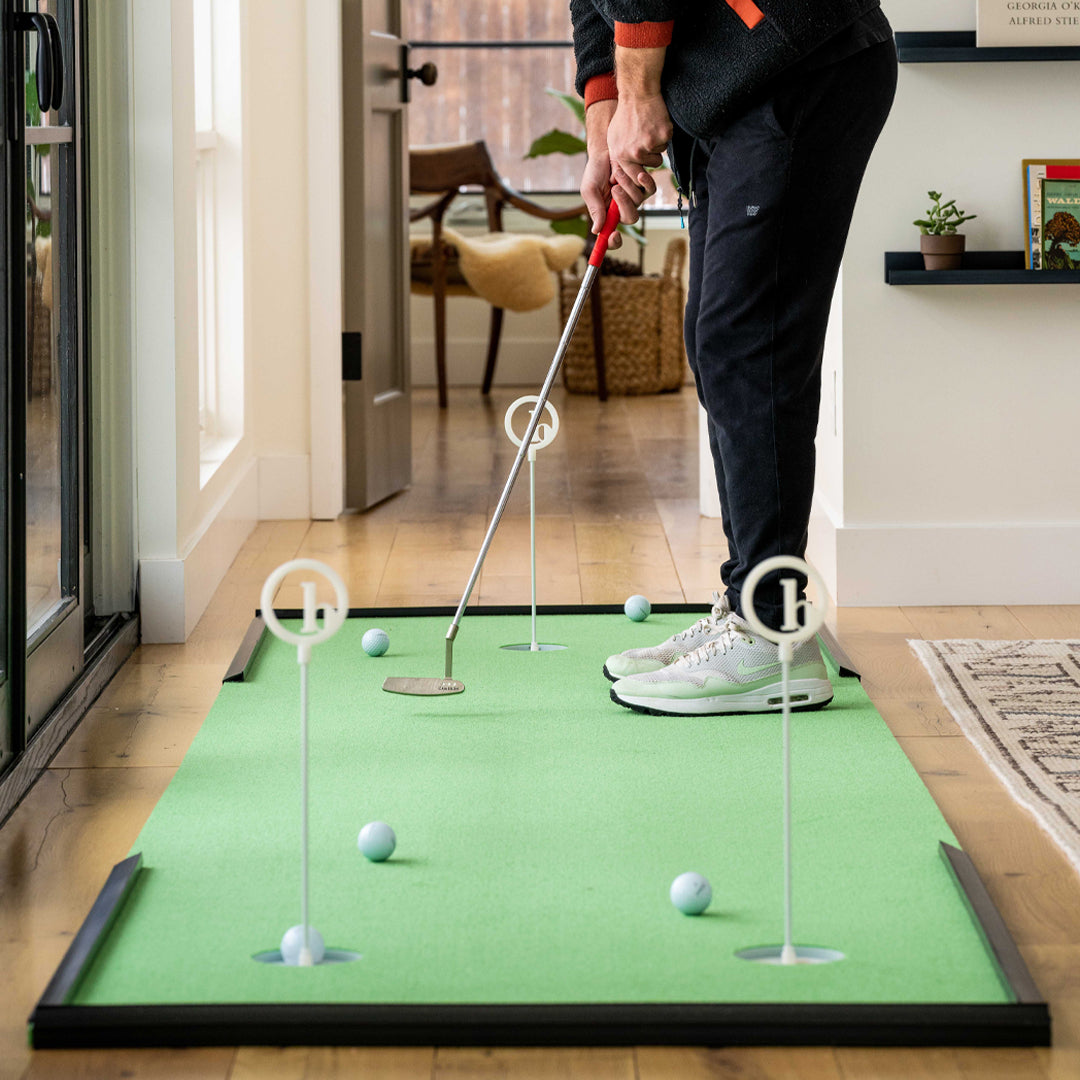
The downswing of the golf swing is one the most critical movements. You can start the downswing by squatting at the beginning and unhinginging your wrists and hips. Before you can begin, it is important to understand what each movement means. It is important to learn how they should be practiced in order for you to get the desired result. These are some tips to help you make the most of your downswing.
Squat in the beginning of the downswing
When you begin your downswing in golf, you should squat. This is a normal part, and you shouldn't train out of it. To feel comfortable and correct, use your legs to push off the ground. Water skiers or snowboarders use their legs for springing up. Also, when you come into contact with water, you should be in a squat position.
Unhinge wrists
The wrists should be able to hinge when you transition from the backswing or the downswing. As your upper body moves backwards due to momentum, your lower body will guide you to the downswing. The shaft bends to cause the wrists to re-coil. You may not be able to downswing if your wrists don't hinge as early as you should.

Unhinge hips
To create more power and reduce their handicap, low-handicapping players often unhinge the hips while they are downswing. However, this can cause your golf swing to be less efficient. Begin by moving your upper body with a light movement. You'll then see your upper body moving smoothly and in sync with your lower body, which will place you in the ideal impact position.
Unhinge wrists at the end of the downswing
Your right arm should remain straight while you are downswinging to achieve the perfect swing plane. Keep your front foot on the ground. Your front knee should be pointed towards the ball. After impact, the clubhead should be travelling at maximum velocity through a ball. You should avoid tension in your hands and arms, as they may prevent the proper release. Instead, make the clubhead movement as natural and effortless as possible.
Forearms "under"
Amateur golfers don't always use their upper body correctly. Their upper body is used to initiate the downswing instead of their lower. This results in huge power loss. Your right arm acts as the "speed arm" for the downswing. It transfers momentum from the backswing to the downswing. Rotating your right arm inwardly will cause a steep downswing that can result in less power at impact.
Forearms are "over"
Golfers must rotate their forearms clockwise when they are downswinging. Rotating the forearms counterclockwise will cause the clubhead to come out behind the body earlier and hit the ball from the inside. The clubhead will rest behind your body as your hands drop during the downswing. The forearms will naturally rotate counterclockwise throughout impact and the follow-through.

Club faces downswing control
There are many different ways to maintain club face control in the downswing. These methods have been used by many top-level players. We will be discussing a few. First, the golf club face angle should be squared at impact, which is where the ball will come in contact with the golf club. It is important to know that the angles of the clubface will vary between high-level players, but the face squared at impact does not.
FAQ
How can I learn to play golf?
Yes. There are many schools that offer instruction in golf. You will need to purchase new equipment like a set of golf clubs.
What kind of clothing should I wear on the course?
Dress appropriately for golf. Wear these:
-
Appropriate shoes - Golf shoes should fit snugly around your feet. They should offer stability and support.
-
Lightweight pants or shorts – Shorts should cover your knees, thighs and ankles. Trousers should not be too long to allow for easy bending.
-
Long-sleeved shirt. Your shirt should be sun-protective. You should have good ventilation.
-
Sweatpants or shorts - Pants should be loose-fitting and comfortable. They should allow for you to move easily.
-
Socks – Choose socks that are soft and comfortable.
-
Hat - Make sure your hat fits properly It should cover the ears and neck.
-
Sunscreen lotion- Before you go on the golf course, apply sunscreen.
How often should I go to the golf course?
It depends on your availability of time. Most recommend two practice sessions per week.
You should aim to play at least four times a week if your goal is to become an expert player.
What is a "bogey"?
A bogey is a goal for golfers. It is not part the game; it is a way to keep score. The player who shoots closest to the number wins the hole.
Jock HUTCHISON, the first professional player from Scotland, invented the concept of a “bogey”. He had been playing alone at home when he came up with this idea.
He wanted to keep track on how he was doing against his own self, so he wrote a number down on a piece o paper and stuck it to the wall above him bed. This was known as the "Hutchy Bogey."
Statistics
- Professional golfers typically make between 60% and 70% of greens in regulation. (en.wikipedia.org)
- Professional golfers typically make between 60% and 70% of greens in regulation. (en.wikipedia.org)
- They do this by means of assessing and rating courses according to the average good score of a "bogey golfer," a player with a handicap of around 20. (en.wikipedia.org)
- In the United States, the number of people who play golf twenty-five times or more per year decreased from 6.9 million in 2000 to 4.6 million in 2005, according to the [51] (en.wikipedia.org)
External Links
How To
How to Make a Perfect Swing in Golf
A strong golfer understands how to play his game, and what he can do to improve. He must know how to use different grips, stances as well as swings and techniques.
These tips will teach you how to play great golf.
-
Get to know the basics before you practice your swing.
-
Practice makes perfect - The best way to practice is to go out into nature (or indoors) and hit balls at a target. This allows you to get feedback on your form and technique without hurting yourself. As soon as you feel comfortable with the mechanics of your swing, try playing a few rounds of golf.
-
You need to be ready before hitting the ball. Before you hit the ball, make sure that your grip, posture, alignment, club choice and distance are all in order. If you don't feel right, adjust!
-
Keep it simple. Because they have perfected and practiced their own style, they are masters in their field.
-
Technology can be a great tool for improving your game. There are many apps available today that can help you analyze your swing, track your score, measure distances, and even give you advice based on your statistics.
-
Be consistent. While practicing, you should always remember these principles: * Work on only one aspect of the game at a given time. If you're working on a short game, only focus on short drills. Mixing long game drills and short games drills is not a good idea.
-
One part of your body should be your focus. For example, if your left arm is being worked on, don't forget your right arm. It won't help you improve your overall game.
-
Always be truthful. Never lie to your self. You are cheating yourself if you believe you can do better than you actually are.
-
Play with friends – Playing with other people will encourage you to improve your game. Not only will it help you stay motivated but you'll also find some friendly competition.
-
Recognize your strengths, weaknesses and areas for improvement.
-
Have fun. - Enjoy the process of learning how to play golf. There is no "perfect" way to play golf. Even though perfection is not possible, it's still a great experience.